Description
During the process, students will learn about…
- – Life Cycle of an Ant
- – Types of ants
- – Social structure of an Ant Colony
- – Food and Habitat of Ants
- – Ant Communication
- – Ant Predators
- – Positive and Negative Ecosystem Impact of Ants
- – Anatomy of the Ant…and more!
After completion, students will have a beautiful 3D project to keep. Projects can be individual or you can assign as a cooperative learning activity.
Includes:
- Informational text about ants (life of the ant, communication, food, appearance, anatomy, habitat and more)
- Posters and diagrams of life cycle and ant anatomy
- Flash cards of 15 different types of ants (pics and information)
- Fun fact cards
- Suggested vocabulary (with definitions)
- Templates for project
- Template instructions / Project instructions
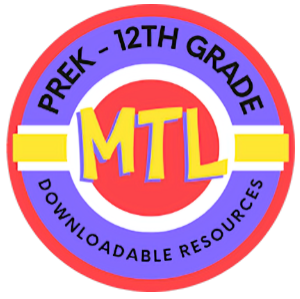

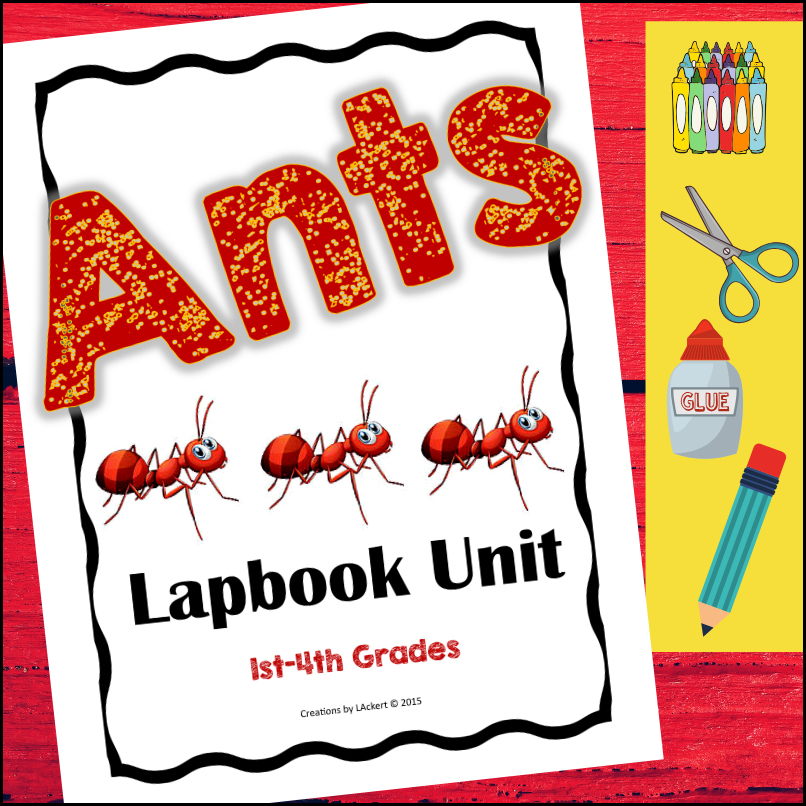
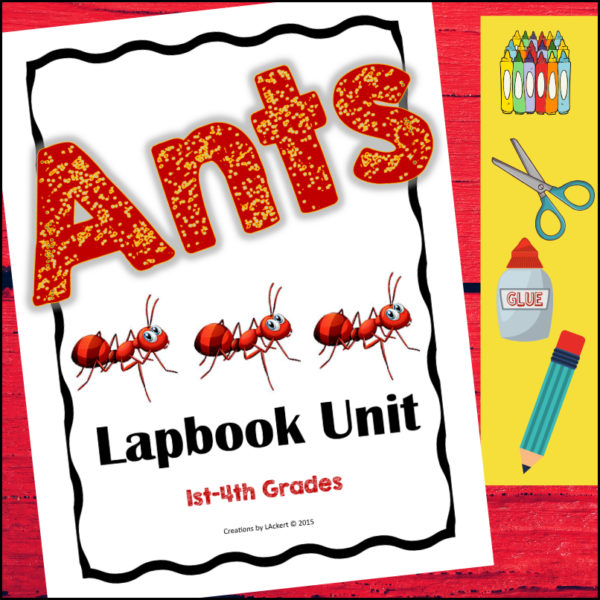
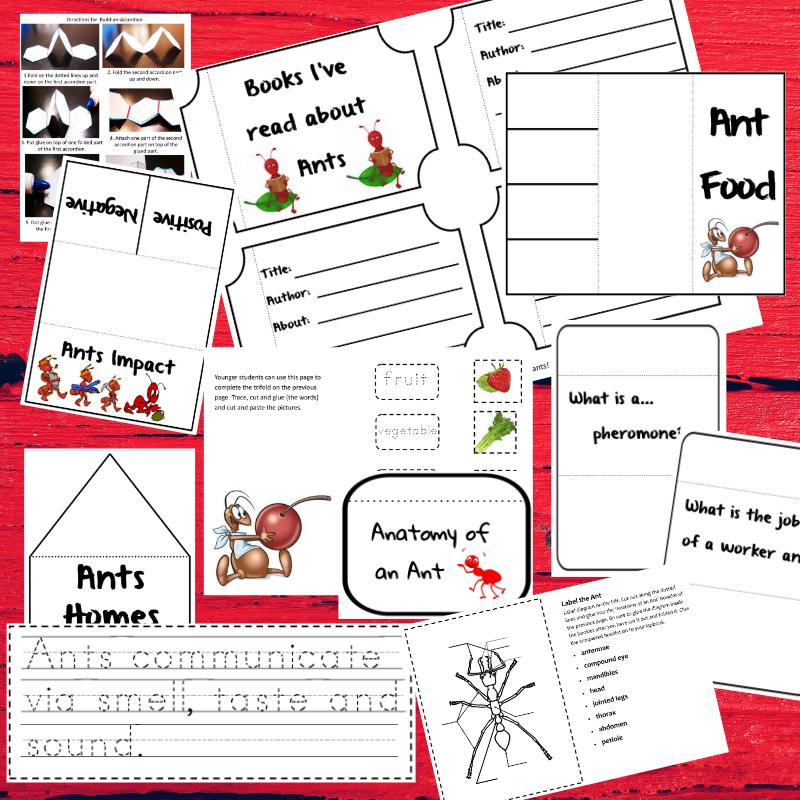
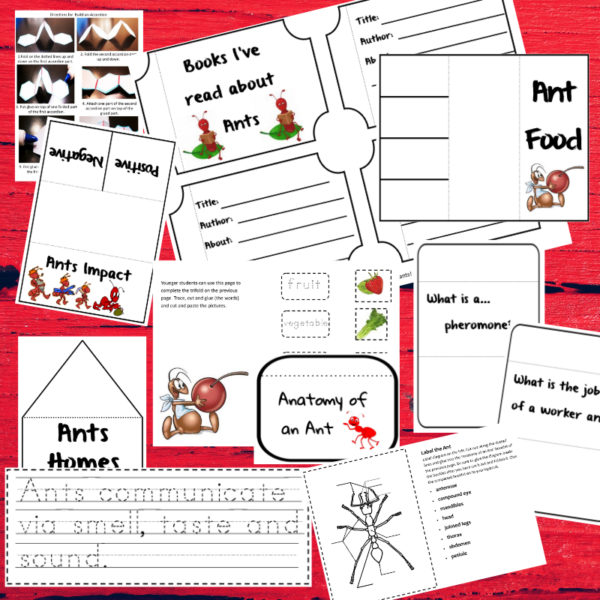
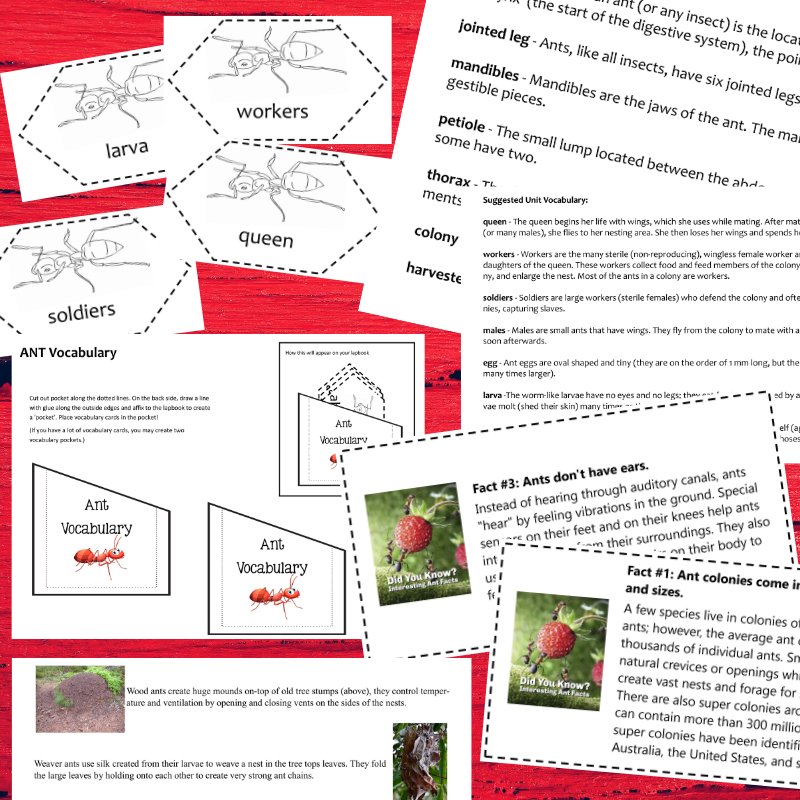
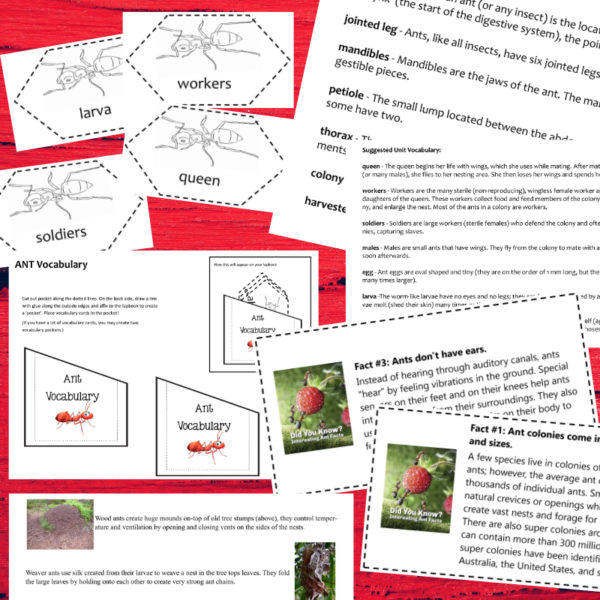
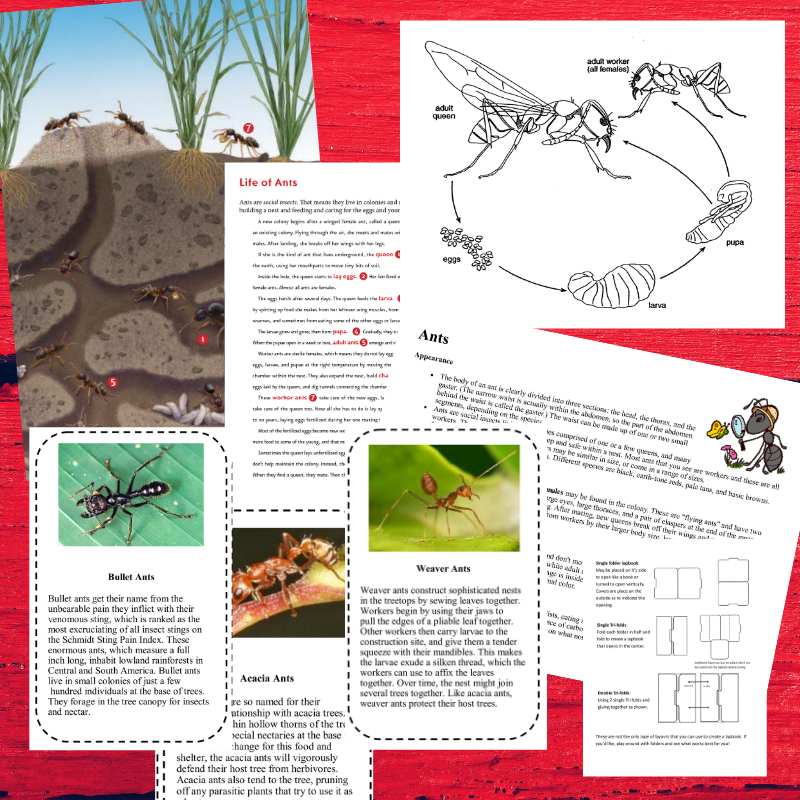
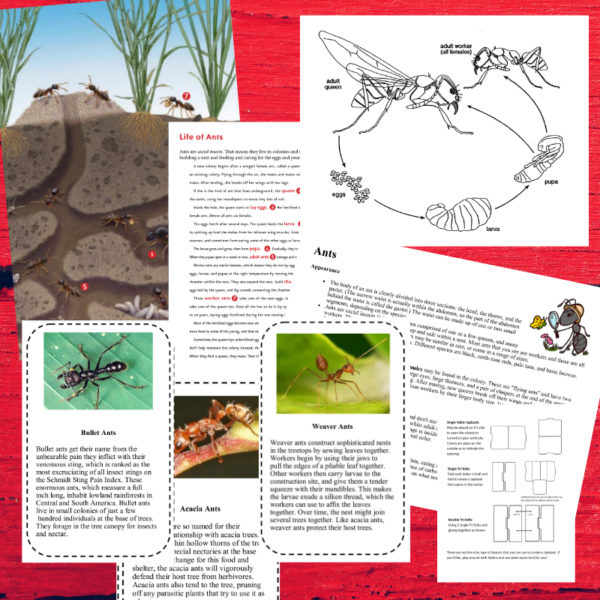
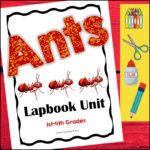

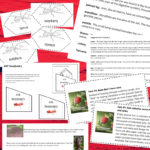
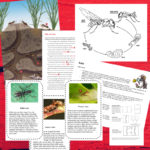
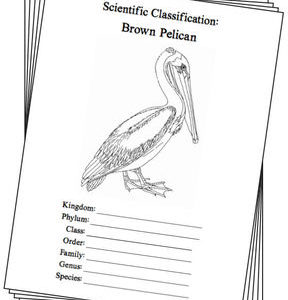
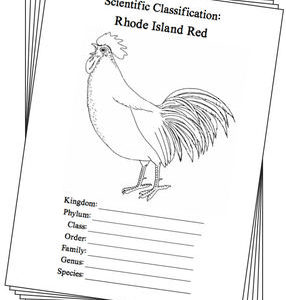
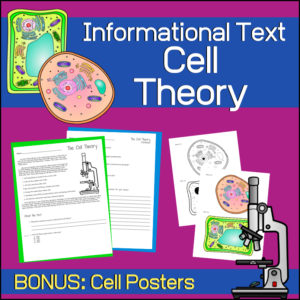
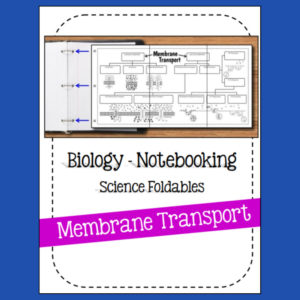
Reviews
There are no reviews yet.